Links in the Chain
I should have covered this earlier, but I forgot and, in the midst of getting a new computer, thought the files were lost. Since this is the last time it appears in the book, it marks a perfect time to talk about the painting hanging over the bed that Long John wakes up in. The painting itself is made up and inconsequential, but it marks a moment where I absolutely took advantage of technology to make sure something looked as right as I could possibly make it.
Before we get too far, here is the painting from the first page of this scene, with the extra shadows removed:
And, for fun, here’s that image flipped upside down (so that it’s right side up):
The idea of this shot energized me because it enhances the confusion one feels waking up in a strange and new place. However, drawing a painting that’s upside down and in perspective sounded like a nightmare. It can be done with time and attention given to laying out the perspective, etc. But I had an entire page, and an entire book, to draw. I didn’t want fretting over a painting that only kind of appears in full in one panel on one page to slow me down.
So, I used all the tools available to me to get it done. First, I drew a quick sketch of the painting with a brush on a loose piece of printer paper (right side up):
It’s not a recreation of any specific painting in particular. Rather, it was inspired by many incredible paintings of the raw California landscape that I’ve spent hours ogling at the Crocker Art Museum in Sacramento. Their collection includes the works of people like John Frost, Charles Dormon Robinson, Norton Bush, Edgar Alwin Payne, and Thomas Hill (among many others). Paintings that romantically (and accurately) capture the majestic scale and beauty of California and its Sierra Nevada Range.
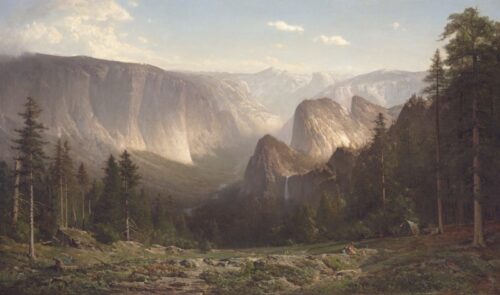
Thomas Hill‘s gigantic, “Grand Canyon of Yosemite” (1871) is probably the painting that influenced my approach the most. Source: Crocker Art Museum
With that, I scanned in the image and paired it up with scanned lineart of the page. Flipping it upside down, I used Photoshop’s “transform” tool to nudge the painting into perspective with the rest of the page (which had been worked out by hand). With the painting now in correct perspective, I printed that manipulated image out at full scale. Using a lightboard, I put the printout underneath the page and drew the painting in, essentially tracing the image I had printed out but with more careful linework.
I then inked the pencils on the final page itself, which allowed it to maintain a cohesive look with everything else. It was a fun experiment where I got to use all of my artistic skills––physical and digital––a type of experience that threads throughout all of this chapter.
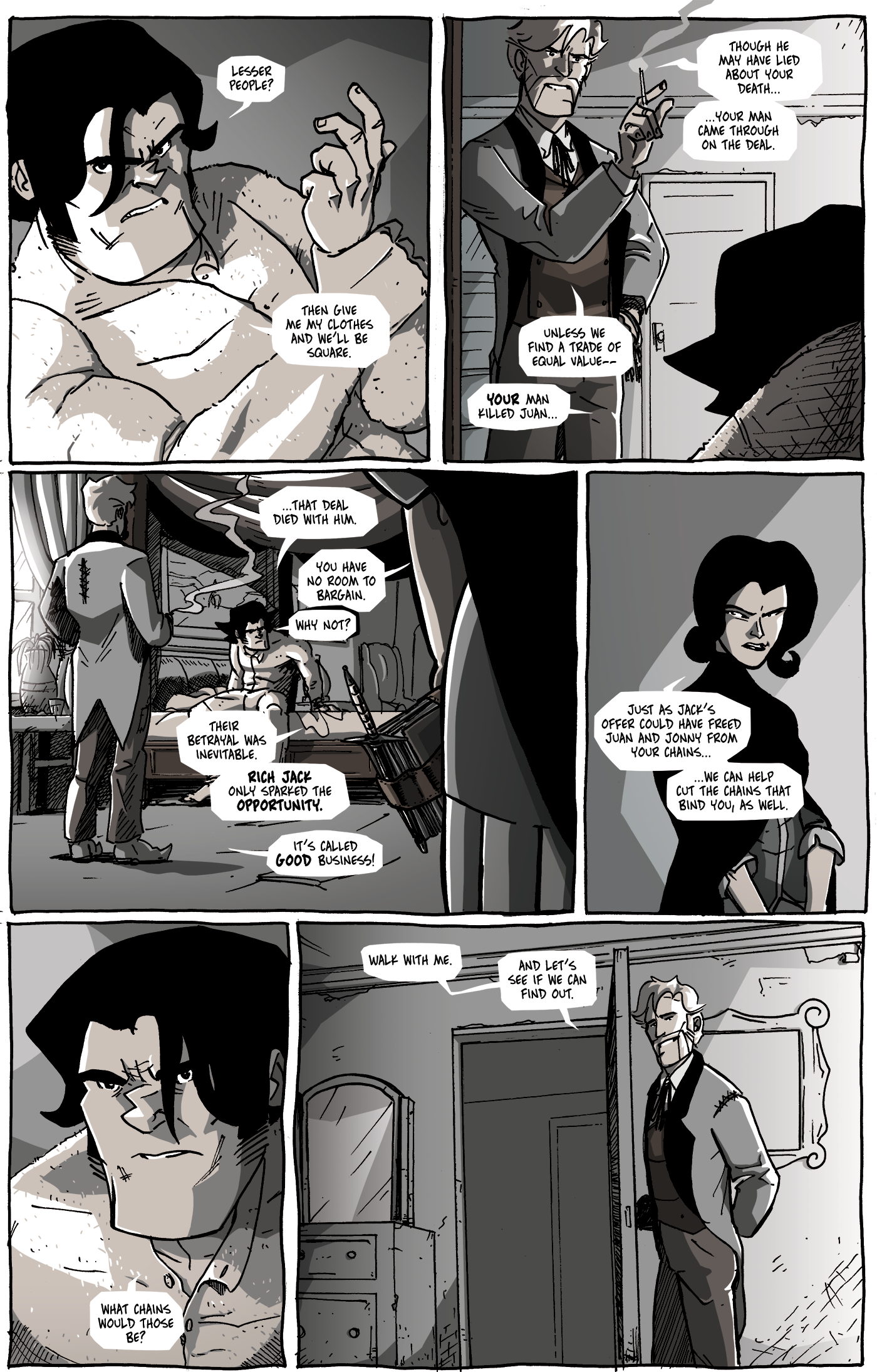
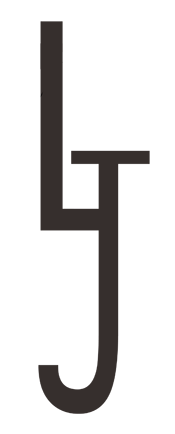


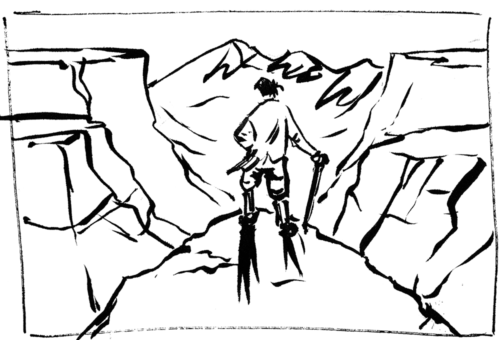
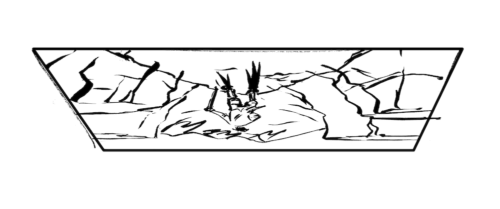
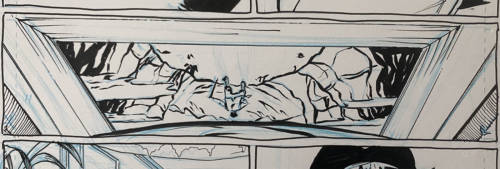
Discussion ¬